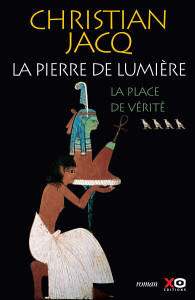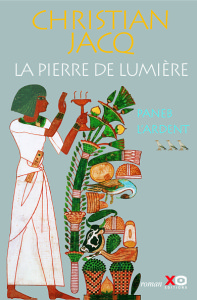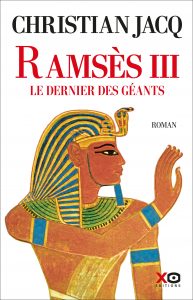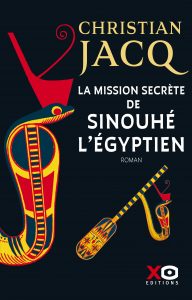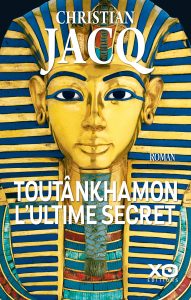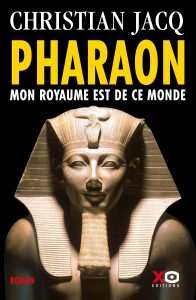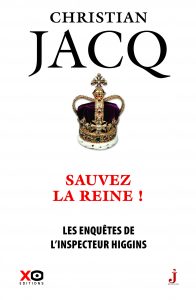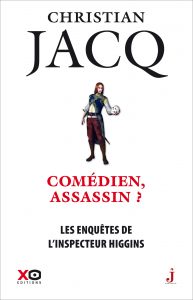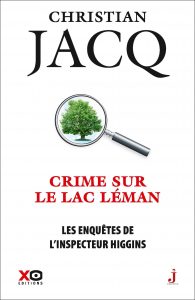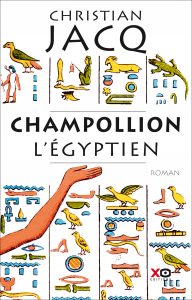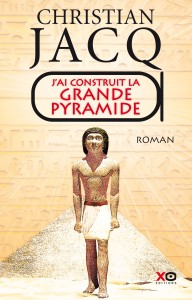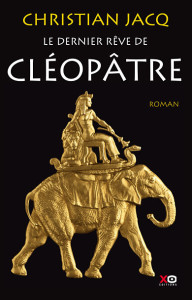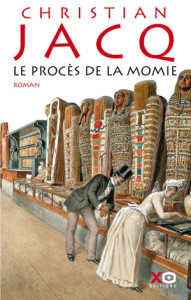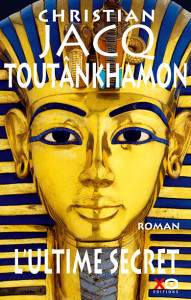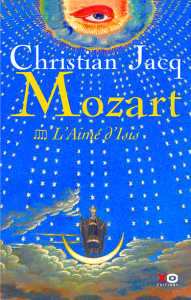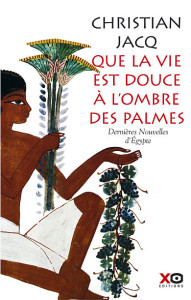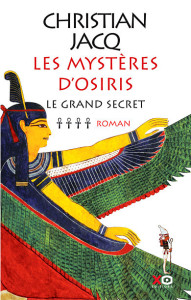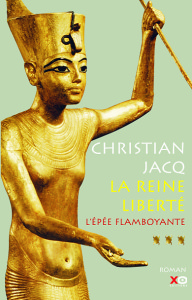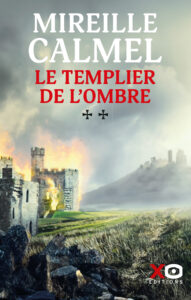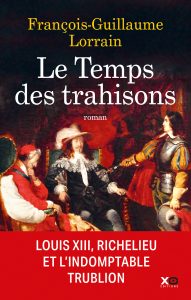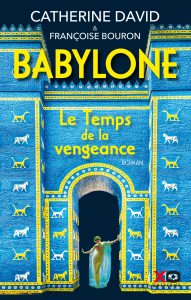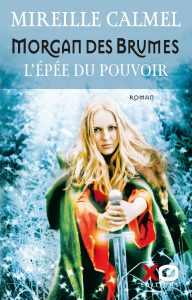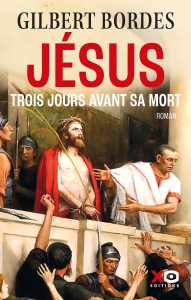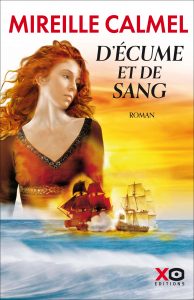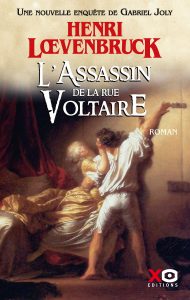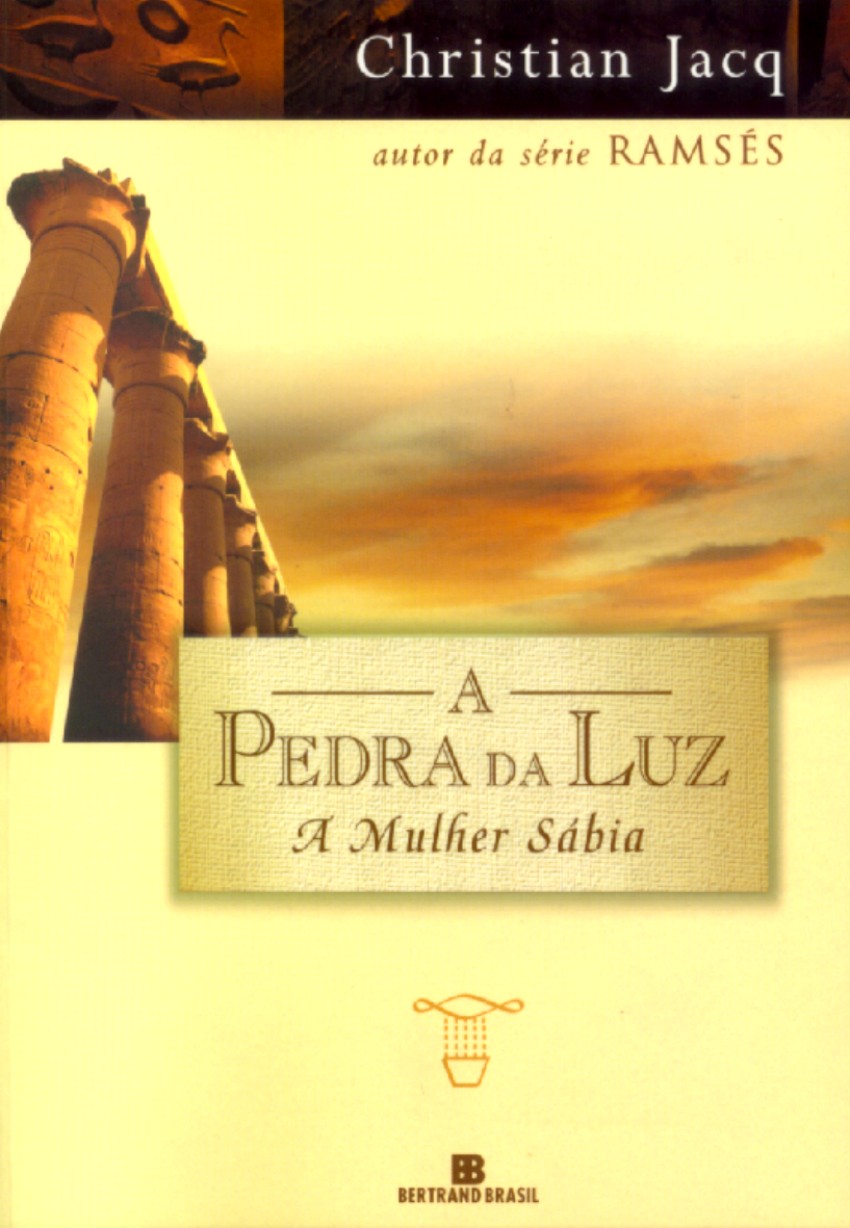Author's interview
If one carefully looks at your bibliography, it becomes apparent that you are an essayist as much as a novelist. Which path was your first?
Christian Jacq: In fact I began to write fiction at the age of thirteen, before I encountered Egypt. And I wrote several novels, trial runs of sorts… My career as a researcher and Egyptologist began in parallel with that of the novelist, until the day when the worlds of the novelist and the egyptologist blended together! From that moment my work has received attention from a wide readership… But I continue my path in both areas, and the dialogue between the novelist and the Egyptologist continues through essays and novels. To summarize it in an analogy, since I have a passion for music, I can say that I consider novels as operas and essays as sonatas. The common denominator is writing, which I think must adapt itself to the subject that one is dealing with. To recount the tale of an immense figure such as Ramses, the novel was the obvious choice, as in the tradition of oriental storytellers.
What’s the source of this passion for Egypt to which you have dedicated your studies?
C. J.: It comes to me … from a book ! With my pocket money, I was able to buy a magnificent book by Pirenne dedicated to the civilization of ancient Egypt recommended by my librarian. In reading it I discovered a world so familiar, so close, so rich and so intense… My world! While pursuing my work as a young novelist whose subjects had nothing to do with Egypt but were rather inspired by German romanticists and Gerard de Nerval (Journey in the East, a total delight), I continued my studies in classical literature (Greek, Latin, Philosophy), history of art, and finally – with such joy! – Egyptology at Sorbonne, where I had the opportunity to be trained by two great scholars, professors Paul Barguet and Jean Leclant – who is currently the permanent Secretary of Académie des Inscriptions et Belles-Lettres. Hence, this passion for Egypt became apparent at a very young age and has not faded ever since, quite to the contrary! Each journey is a new source of wonder, a new discovery. How could it be otherwise when Egypt offers us three millenia of glory. The more one knows a certain field, the more one likes it…
The Stone of Light is the story of a brotherhood of craftsmen and artists who live in a myterious village and obey no laws but their own. Yet this village does exist… How and where did you find its trace?
C. J.: The village evoked in The Stone of Light has the modern name of Deir el-Medineh and is located on the west bank of the river Thebes (Louxor). Egyptians called it Set Maât, “Place of truth”, the place where Maât, godess of truth, justice and cosmic harmony used to reveal herself… The role of the very small number of friendly craftsmen in this village which was enclosed within high walls was regarded as essential for the Egyptian State: to build and decorate the eternal homes of the Pharaohs of the XVIIIth, XIXth et XXth dynasties, in other words the tombs of the Valley of Kings, one of the most famous and most frequently visited archeological sites. It was a French architect, Bernard Bruyere, who performed the bulk of the excavations on this site and understood its real nature: this group of exceptional artists lived there with their families. They had their own courts, built their own tombs, were their own priests and priestesses and were directly responsible to the Pharaoh who provided their means of livelihood and well-being so that they would devote themselves exclusively to their art. A large amount of documentation has by chance been preserved, in particular a “Journal” which recounts the daily life in this small community. Thus we know their working hours, habits, and happy and sad adventures. In short, a means of reviving the story of these people who devoted their life to create masterpieces that visitors today come from all over the world to contemplate with an intense emotion.
The four volumes of The Stone of Light portray a multitude of characters, of whom the leading ones: Nefer, his wife Claire, and Paneb play a decisive role in the story… There again, have you invented them?
C. J.: Let’s say that I also like the present but in a different way. Knowing that over there, the past is also in the present… What is fabulous in Egypt is that hardly after stepping off the plane, after a few kilometers, one is taken back four thousand years! In the desert, in Fayoum, in a garden where nothing has changed… This black and fertile land which is in such sharp contrast to the ochre sand of the desert is absolutely magnificient!
Considering the multiple romantic twists and turns in this story on the one hand, and the rich amount of information that you offer the reader on the other hand, do you have a method for writing?
C. J.: For me there are several periods in the construction and birth of a book. I always have several projects in mind, and I let them come to maturity while I continue my search out in the field as well as in museums and through scientific publications. And then one of these projects becomes clear with such force that it overshadows the others. The event always occurs at a site in Egypt, for example at the Ramesseum, the temple of the millions of years of Ramses II when the desire to write his epic became apparent, or at Deir el-Medineh for The Stone of Light. Then comes the time to develop the book, to give it a structure, to meet the characters and talk about it with my wife, to undertake in-depth research on one point of detail or another. This “birth” phase is accompanied by the first attempts at writing, followed by a long slow process of giving shape to the story in the inhabited solitude that many writers know – a strict and necessary solitude so that the hand of the scribe can give life to multiple destinies… Books such as The Stone of Light are the fruit of many years of development during which I have filled files and followed tracks without knowing whether they would lead me to a tangible result. But when the decision is made, the dispersed elements become organized, and particularly the passion to write, to give shape, to convey, becomes compelling. And nothing is harder than finishing a story that one has lived intensely, knowing that henceforth the text will live in the eyes of the readers, in the same way that a music lives in the ears of the audience.
Let’s turn to the case of Paneb, this giant who fears no combat while he also makes his mark as a wonderful artist!
C. J.: Until recently, Egyptologists considered Paneb as an abominable and violent character, a womanizer, in short unsavoury… But the Egyptologist John Romer challenged this preconception, and ever since then book after book has repeated the question. Observing that Paneb had been a wonderful creator, contributing to the creation of seven royal tombs, he reopened the case and noticed that Paneb had been a victim of libel written by a jealous petty scribe who was after his position and who did not hesitate to write these misleading texts about him. Hence, more than three thousand years after his death, this novel was also the opportunity to rehabilitate Paneb, called The Ardent!
Your latest success, Ramses, sold more than ten million copies around the world, which is remarkable for a French author… How do you feel about it?
C. J.: My feeling about this admittedly remarkable success is that of a craftsman who has shaped his work with passion, by reworking the piece time and over again… How could I not feel gratitude towards the editors who have believed in my projects, and deep sympathy for my readers many of whom have written to me? Thanks to them, I can completely devote myself to writing and continue to convey what life and Egypt have offered me.

